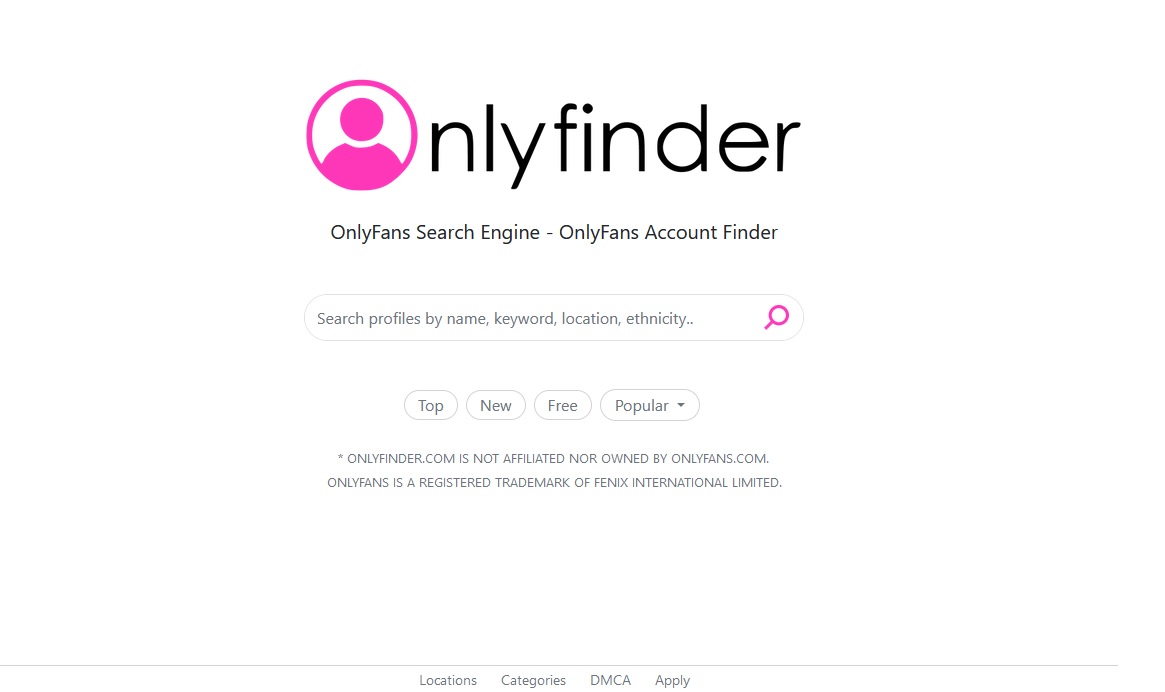Nowadays in the digitally transformed, modern era of cyberspace inter-connected business, keeping up with solid cybersecurity hygiene as well as understanding that risks lay behind every digital corner is paramount to the survival of every entity that operates online. Today’s economy, one that is connected from all fronts and all angles to the internet (cyberspace), offers several benefits that were unfathomable only a decade ago. Across the industry, all manner of businesses, organizations, and institutions conduct business with suppliers and vendors all across the globe. In order to speed up business as well as better structure all kinds of work, reliance has been built on what is called ‘third-party suppliers and vendors. The risk is that working with such entities which mean sometimes entrusting sensitive information and/or work processes to them (so outsourcing the workload) can lead to rather large risks. The governance, compliance, and risk management strategies associated with third-party relationships are a well-established fact these days that businesses cope with, and must remain vigilant of, daily. If your business outsources work processes like specialized design, custom storage, or any other business function to a third party, this also automatically entails several risks that come with it.
The Risks of Outsourcing Work Online
Third-party risks arise when an organization has relationships with ‘outside’ entities that are these third parties. This can include customers, suppliers, or partners related to a product or service. Such connections, when selected, offer several benefits compared to doing things in-house; which can mean reduced costs, reduction of used resources, and practicality in general. Also, third parties can offer a skill set for products and services that cannot be offered in-house. The problem is that such third-party products and services are sometimes susceptible to large security gaps and risks. These suppliers and vendors, for example, most often have access to an organization’s data, systems, and network to conduct the business process flow. This can pose serious external risks to the organization.
What is a Third-Party Vendor?
A third-party vendor, according to the official web page of The University of Michigan concerns “external service providers.” Research institutes like universities also have to utilize third-parties, and so “The use of external service providers can result in cost savings, efficiencies, greater security and compliance, stronger resiliency, and higher quality services. However, outsourcing IT services also creates risks for the university if the information assurance posture of the service providers is not adequately assessed and properly accounted for in a contract or agreement.”
What is Cybersecurity?
Cybersecurity is briefly explained as the protection of digital systems and the internet. More specifically, The Harvard Kennedy School explains that cybersecurity benefits us in the following ways; “Our world is a place where cyberattacks can happen instantaneously.
Indeed, individuals and institutions are increasingly vulnerable to network-based intrusions that disrupt productivity, jeopardize the privacy and threaten national security. The worst part is, the identity or location of an adversary may never be known.”
The Issue With Third-Party Vendors
As global supply chains become ever more complex and the global economy digitally transforms into a model that uses these supply chains for building a presence in world markets, third-party risks also increasingly grow. A 2020 third-party global survey on risk management by Deloitte noted that 17% of organizations reported several high-impact third-party incidents in the past few years, which is up from 11% in a 2019 survey. Furthermore, the survey notes that 30% of organizations across the industry have seen that third-party risks translate to a 10% or more fall in share prices. Even still, 46% of organizations across the industry agree on the fact that third-party incidents can account for more than $50m in financial exposure.
When beginning a relationship with an external partner (third-party vendor or supplier), an organization goes through a security screening and policy process. Down the line, the longer the relationship lasts, such policies and screenings become less strict and policies may become relaxed due to a familiarization and building trust between the parties. The problem is that cybersecurity is never guaranteed, and is something that needs to be constantly and extremely stringently monitored so as not to allow even the most minute flaw or security within the process chain. A tiny flaw can spell catastrophe for an organization and its countless customers/contacts. Security protocols, therefore, often fall. Even if a top-tier organization works with a likewise high-level third-party product or service, even if there is a guarantee of service security and quality between the two, the issue arises in the chain not between the customer and the third-party, but between the third-party and its subcontractors (fourth and fifth parties.) The above survey has also noted that 29% of organizations in the industry forgo all security measure liabilities to the third party, meaning that the customer does not control the relationships between the third party and subcontractors or other parties. Research shows that in 23% of cases, subcontractors are not monitored either by the organization or the third party themselves revealing a shocking and potentially fatal security gap.
Third-Party Risks
Third-party risks are manyfold, as is shown in the examples below;
- A data breach to an organization often happens due to the utilization of third-party services and can compromise sensitive data that is sometimes unrecoverable. A 2020 IBM survey showed that third-party software vulnerabilities represent almost a third of all attacks, and is a very popular attack pathway
- Without the proper screening and policy organization procedures applied on subcontractors and 4th and 5th parties, an organization can incur brand reputation damage and large financial losses due to data breaches
- Failure to assure that cybersecurity measures are met in an organization means failure to comply with the several privacy and security regulations acts out there, such as the CCPA and GDPR (or Canada’s PIPEDA). This means that an organization can incur hefty penalties if all the standards are not met (and sometimes the third party is not responsible for these issues)
- If a third party fails to deliver based on operational difficulties, as well as adherence to labor or environmental laws then the organization contracting the third party is going to take the brunt of the consequences
Ways to Resolve The Potential Issues
There are several tips from industry experts, compliance firms, and cybersecurity organizations that aim to help businesses conduct their due diligence when it comes to third-party risks;
- Suppliers, vendors, and all third-party organs must be evaluated for things like access and permissions, user privacy, and compliance
- Third-parties and related organs must be evaluated for cloud security risks and API vulnerabilities
- The usage of multiple suppliers is beneficial but brings with it external risks such as natural and political disasters
- Any potential business disruption or technical failures must be planned for ahead
Every organization out there should aim to have some sort of vendor risk management policy to satisfy cybersecurity best practices. This means that such processes must be standardized, optimally and performance analyses need to be conducted regularly. Third-party risks can also be mitigated by sticking to the following points; assessing third-party risks annually at the minimum, utilizing SMEs to monitor third-party risks, utilizing KPIs and strict contracts with third-party products or services, requesting documentation and update information from vendors, and finally creating a vendor risk management portfolio from all of the above.








Add Comment